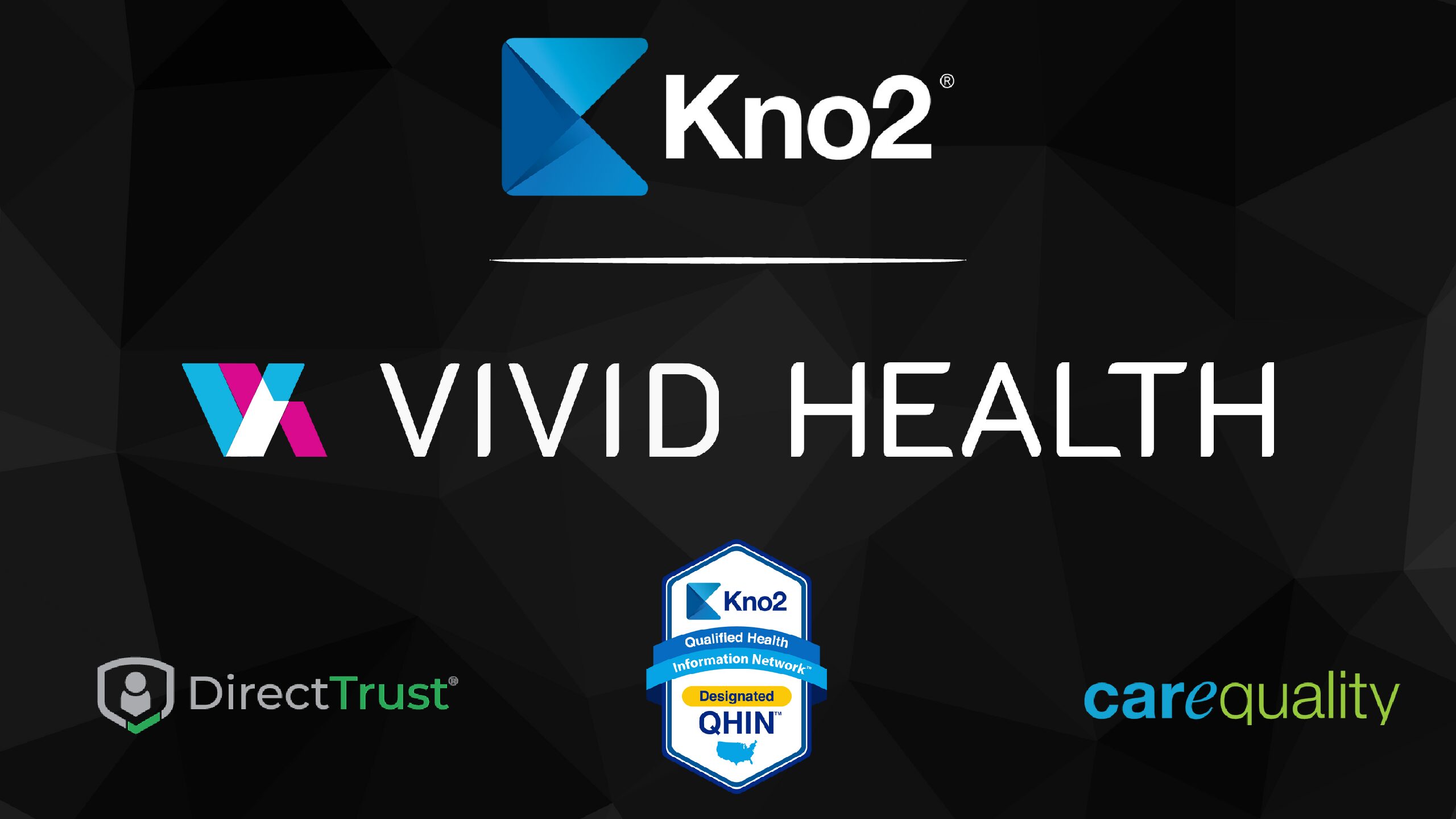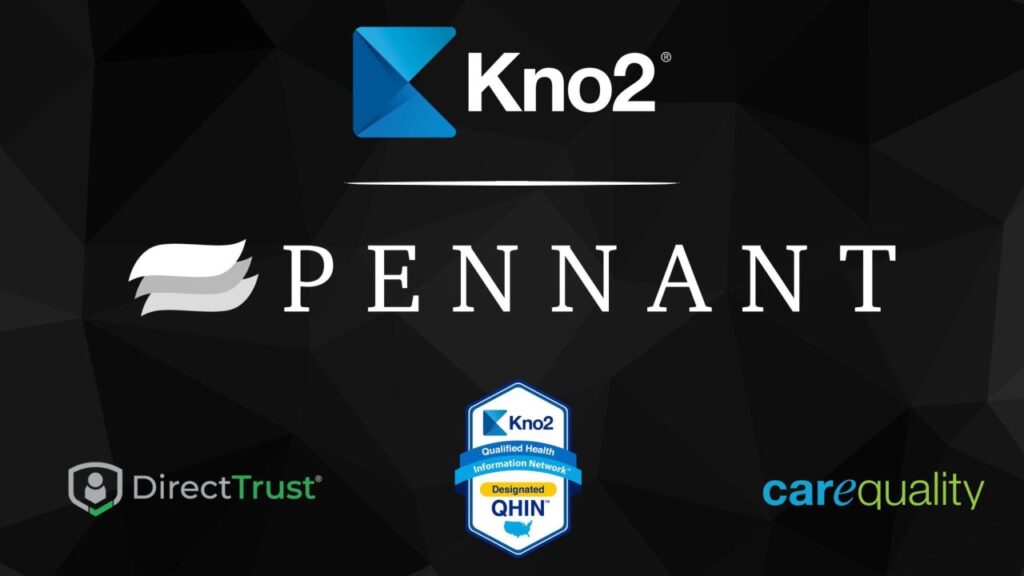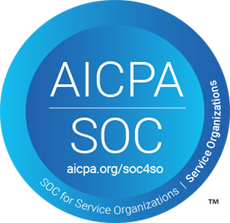
Since 2009 Kno2 has been singularly focused on improving communication between providers, patients, payers and others involved in the care of patients. We have all lived through the hopes and optimism created by Meaningful Use, the creation and use of regional HIEs, the emergence of effective frameworks like Carequality, CommonWell Health Alliance and Direct Secure Messaging. All of these, along with others have made progress in improving the methods and availability of system-wide communication tools. However, as we go into 2023, it is not legislation, incentives, penalties or protocols (i.e. FHIR) that will change the way information is shared in healthcare. Healthcare will finally achieve system-wide connectivity with proper leverage of the internet resulting in broad-based interoperability for the right reason……because it has to!
Change is Typically Born Out of Necessity
In life, when external forces cause something to move from a want to a need, or from a noun to a verb, the predictable outcomes are strongly correlated to success. The regression analysis would demonstrate that change is strongly correlated to pain. When pain increases to the point of intolerance, change to relieve the pain is acted upon in earnest. This is what we are experiencing today in every corner of the U.S. healthcare delivery system.
We have all read, but more importantly felt, the convergence of factors that has raised the pain tolerance to unbearable levels. The pandemic magnified and accelerated several unfortunate trends:
- Staffing shortages in all care settings –
- Academic institutions reporting lower admissions and graduates in critical fields to support the delivery of care (nurses, doctors, etc.)
- Provider burn out is higher than ever before
- Aging population – population moving into retirement will outnumber the population to support the retiring population
- Reimbursement reductions
- Increased cost in care delivery
- Regulatory environment increasing in complexity – whether it be TEFCA, Information Blocking, Patient Access, Prior Authorization, and more
Healthcare Organizations Are Not Asking for Interoperability
The points above and others have caused care organizations of all sizes, from acute settings to a two-person PT location to “rethink” their operating models. The overused but appropriate saying of “do more with less” couldn’t be more tangible than it is right now. As we work side by side with technology vendors, providers and other participants to rapidly respond to the challenge, what we NEVER hear is “We need interoperability”. This is actually the best news we have experienced in a long time. We have known the focus to “interoperability” was misplaced….it was the outcome that needed to be understood – a behind the scenes scaling of technology where systems, not humans unlock the power of the internet to increase productivity much like the steam engine did at the beginning of the industrial era.
Healthcare is likely the only industry left that has not truly experienced the productivity gains that the “internet of things” can deliver. We are working closely with many large ownership groups of skilled nursing facilities, nationwide infusion providers, physical therapy facilities, homecare agencies all stating the same objective, “Digital Transformation”. The ability to remove unnecessary tasks from humans and replace them with technology in an effort to offset the convergence of issues that is leaving no choice but to transform rapidly to remain viable.
Digital transformation will be the reason why system-wide interoperability will be achieved and in a shorter timeframe than what has been desired for the past 15 years. Why? Because the motivations are aligned. Digital transformation is a NEED, interoperability was a WANT. A simple change in perspective motivated by the need to sustain a thriving business usually leads to an aggressive path to resolution that achieves goals once considered to be elusive.
Kno2 Directed Investment to Support Those Seeking Digital Transformation
Q3 of 2022 Therasa Bell, cofounder, president and chief technology officer at Kno2 proactively directed our internal resources to respond to what she was sensing on the horizon. Under her leadership, Kno2 formulated a “tech-enabled” service that provider groups could leverage to systematically move their organization through their digital transformation. Working closely with our EHR partners, their enterprise clients and leveraging the Kno2 Communication API we delivered what we refer to as the CAREplan for provider organizations. The CAREplan includes a series of practical steps in the transformation journey: Connect >> Analyze >> Reform >> Evolve.
This data driven, phased approach directly ties identified inefficiencies to key workflows that historically required significant reliance on human interaction:
- Inbound/outbound referrals
- eSigning
- Order/result notifications
- eRx of DME
- Care plans
- Release of information
….to name a few
The goal is to maximize the use of your technology investments, reduce inefficient use of staff, increase patient flow and maintain patient satisfaction in a severely constrained environment.
Our CAREplan service offering has been extremely well received in the industry and demonstrates that when the external environment demands change, the market will respond and remain viable. In 2023 it is time for healthcare to turn pain into efficiency and deliver timely and effectively to ensure we all experience the world class healthcare delivery system we want and desire, for our parents and for children.







